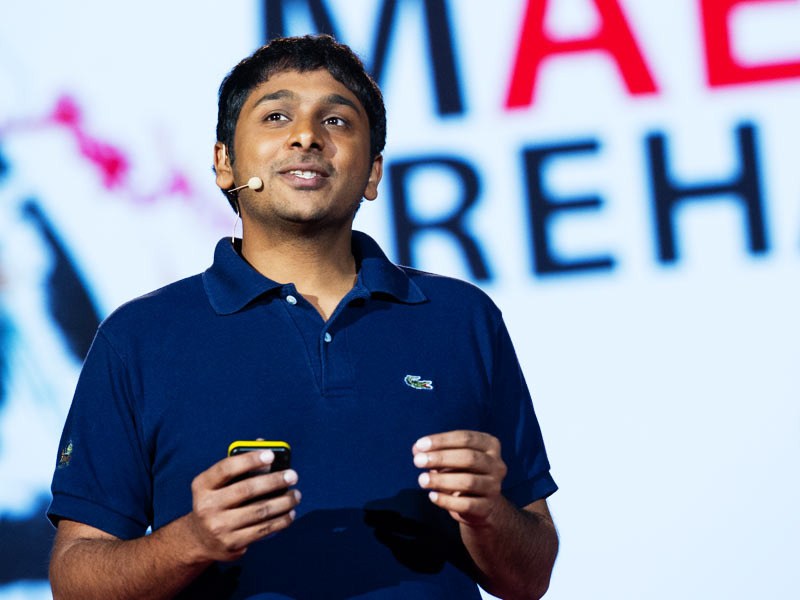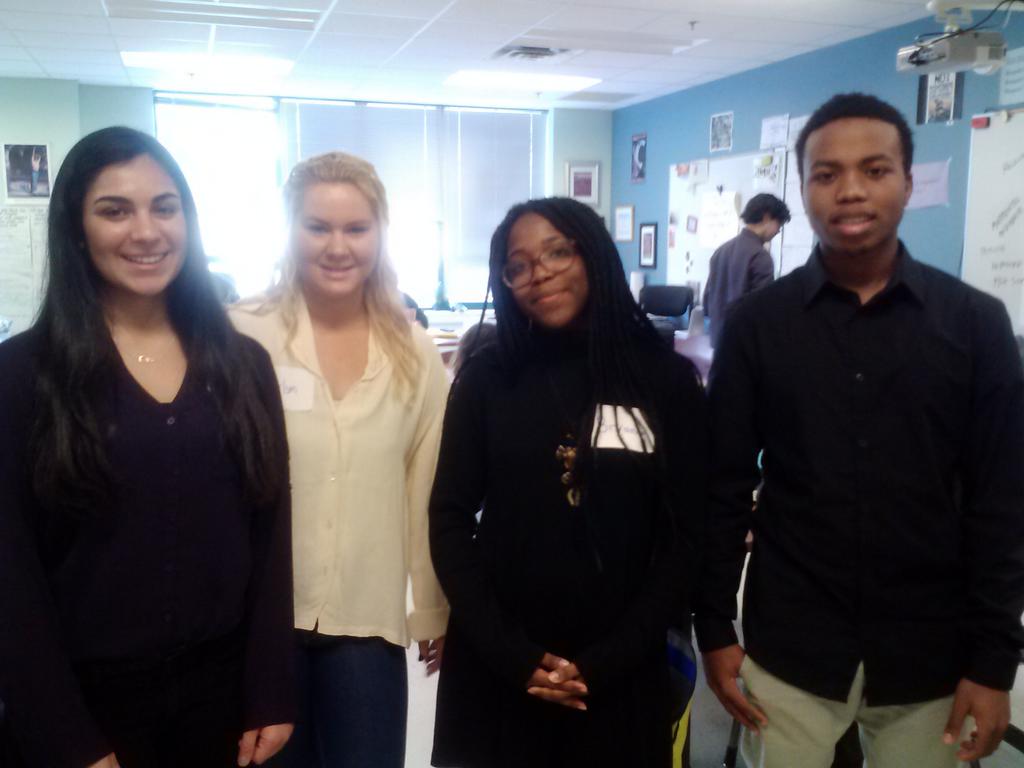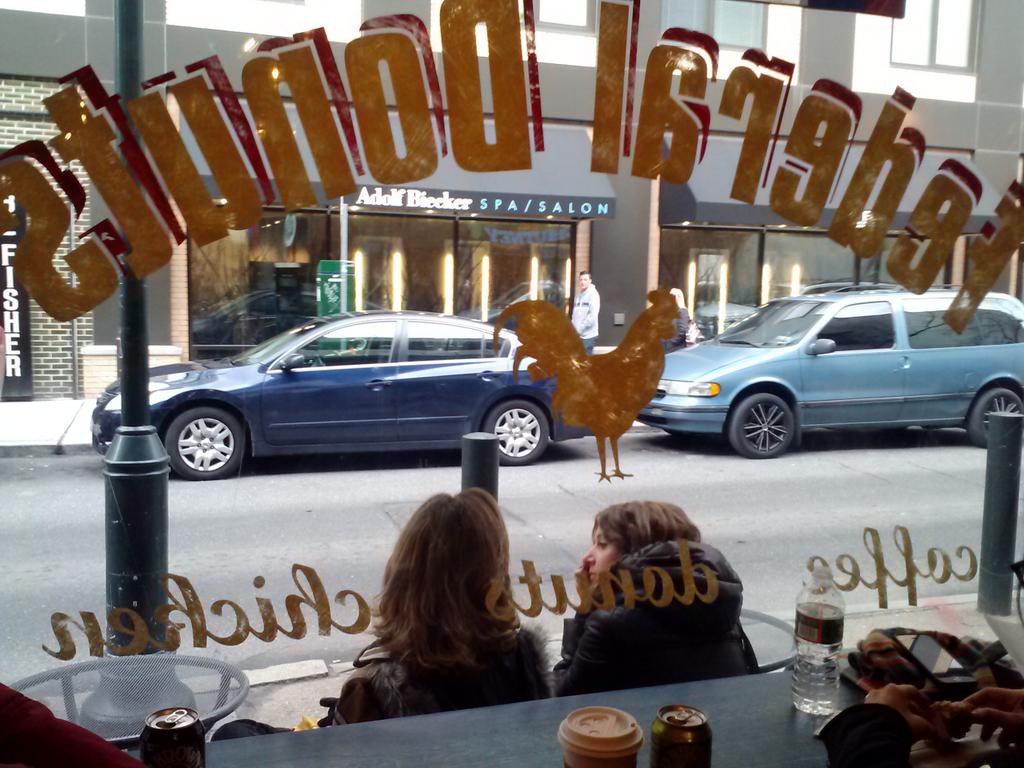Recently, a group of educators from the Burlington School District visited The Project School in Bloomington, Indiana. This was part of an ongoing partnership with Daniel Baron, one of the school’s founders.
We had three amazing days of quality time with students in classes and meetings with the school staff.
Some takeaways:
School climate matters. When the staff is happy, it shows. Everyone knows it, especially the students, and it creates a healthy, happy, productive learning environment.
Decision-making based on student needs rather than adult needs feels very different. Adults at The Project School have shared core values that guide their decisions. They are flexible, positive, and student-centered. They shift schedules, resources, groups, and plans throughout the year as needs change.
Multi-age classes have many benefits. Observers noticed all students seeming to rise to the level of the oldest students in the class. We saw a high level of peer support for learning, greater acceptance of differences, and increased self-sufficiency and student leadership.
Having a really great mission and vision matters. Here is theirs. You can read more on their website.
The mission of The Project School is to uncover, recover and discover the unique gifts and talents that each child brings to school every day. Our school works collaboratively with families, community members and social service agencies to solve real problems, as well as to create art for public spaces. Students graduate from The Project School as stewards of the environment with the will, skill, capacity, and knowledge to contribute to the greater good.
The vision of the Project School is to eliminate the predictive value of race, class, gender and special abilities on student success in our school and in our communities, by working together with families and community to ensure each child’s success.
Student voice and choice is critical. A 1st through 8th grade multi-age daily class called Passions helped us see how school can be more enjoyable for everyone.
Problems, Projects, and Place make up the P3 framework used by The Project School. Students do integrated, relevant, compelling projects throughout the year.
Wow! The trip gave me a lot to think about. Our group will continue to meet relative to this experience and our work in Burlington.
Thanks to Daniel and the rest of The Project School staff for helping us see some different ways of thinking about and doing education.

















